The Sounds Of A Cat
Have you ever wondered what your cat is trying to tell you whenever it meows, or murmers, or howls? Cats have a fascinating range of sounds they use to communicate emotions, needs, and even the state of their health. Each sound has a purpose and meaning that can help you understand your pet’s needs better.
Meowing is probably the most recognized cat sound. It’s their way of getting your attention. Whether they’re hungry, want to play, or just want to be near you, each meow can slightly differ in tone and volume. Over time, you can learn to distinguish these variations and understand what your cat is asking for.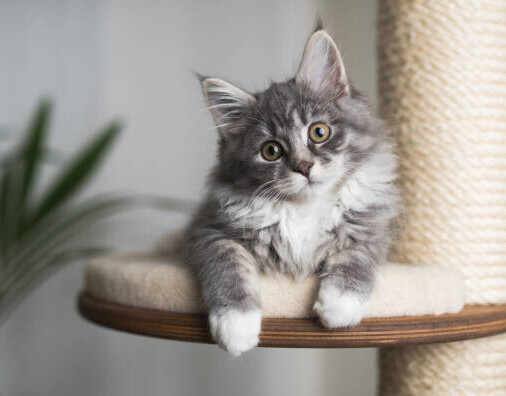
Purring usually indicates contentment and happiness. It’s that soothing, vibrating noise you hear when your cat is cozy and relaxed. But don’t be fooled; cats also purr when they’re anxious or in pain. If your cat starts purring during a stressful situation, it is usually a self-soothing mechanism.
Hissing and growling are universal signs of a cat in distress or feeling threatened. When a cat hisses, it’s like a warning to back off. Growling can follow if the threat persists. Understanding these sounds is crucial for gauging your cat’s comfort and safety in various situations.
At times, cats may make chirping and trilling sounds as well. Chirping often happens when they’re watching birds, while trilling is a friendly greeting directed at humans or other cats. These sounds show your cat’s predatory instincts and social behaviors.
There’s also the less common yowl or howl, sometimes indicating that your cat is in distress, confused, or even disoriented. It’s more prolonged and mournful compared to a meow. Some cats do this on a regular basis, and you will become aware of what is normal. If your cat normally doesn’t howl though, it should be taken seriously. A trip to the vet might be in order if it’s a new sound that you haven’t heard before, and it increases in frequency.
Observing these sounds in different contexts can help you build a stronger bond with your cat, making it easier to meet their needs and ensure their well-being. Pay attention to your cat’s vocalizations and remember that they’re not just making noise but trying to communicate with you.
The Curious Case of Cat Chatter
Cat chatter is one of the more interesting sounds you might hear from your feline friend. This noise is characterized by a series of rapid clicks or chattering noises, often accompanied by a focused, almost trance-like stare. Chattering mainly occurs when a cat sees birds or other small prey through a window.
The primary theory behind cat chatter links it to their hunting instincts. When a cat sees a bird, its body and mind might be gearing up for the chase. The sound could be a mix of excitement and frustration from not being able to reach the prey. Some experts also suggest that chatter might simulate the killing bite used by wild cats to quickly incapacitate their prey.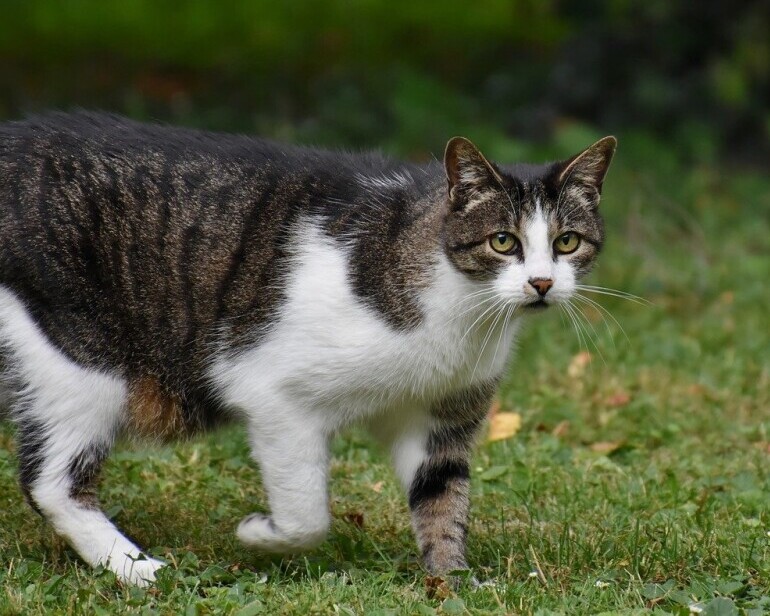
Comparing chattering to other cat sounds, it becomes evident how context-specific it is. Unlike general meows or purrs which cats use in various scenarios, chatter is almost exclusively for moments when they spot potential prey. This makes it a unique and intriguing behavior to observe.
Another theory proposes that chattering might be a form of mimicking bird calls to lure them closer, though this idea is debated and lacks concrete evidence. However, it highlights the sophisticated and sometimes mysterious nature of feline behavior.
When you hear your cat chattering, it’s crucial to recognize that this is an inherent part of their predatory behavior. While it might seem amusing, it’s a glimpse into their wild instincts. Rather than interrupting, you can use this time to enrich their environment with toys and activities that let them express these natural behaviors safely indoors.
By understanding ,observing and respecting the different sounds that your cat makes, you can create a more stimulating and satisfying environment for your pet, contributing to their overall well-being.
Domesticated Cats vs. Feral Cats: A Sound Comparison
The differences in vocalizations between domesticated and feral cats highlight the impact of their environments on communication. Domesticated cats often develop a more diverse range of sounds compared to their feral counterparts. This is largely due to their interactions with humans, who respond and communicate back, encouraging a broader vocal repertoire.
Domesticated cats use sounds like meowing and trilling frequently to get attention from their human companions. These sounds are less commonly used in feral cats. Since feral cats live without close human interaction, their sounds are more likely geared towards other cats. Feral cats may only meow as kittens to their mother, and grow quieter as they age and function more independently. They rely more on body language and scent marking for communication within their colonies.
I had the opportunity to observe a feral mother cat with her kittens when she was ready to introduce them to the cat food that we leave out for them. Through her body language, she led them up the stairs to our deck where we keep the food. I only heard a couple of small trills from her as she coaxed her kittens up the steps. Through her behavioral cues and body language, she led them to the food. When the time came to wean them, she would start to push them away, or simply get up and walk away.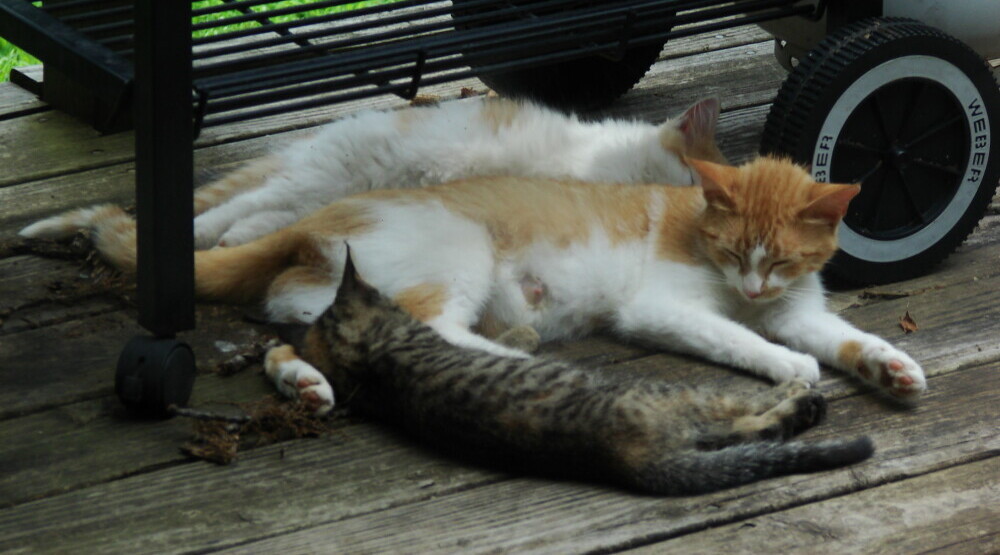
Hissing and growling are universal. Both domesticated and feral cats use these sounds to express fear or aggression. This highlights a common ground where instinct takes over regardless of domestication. However, feral cats might hiss more frequently due to the constant threats they face in the wild.
Understanding these sound differences can help when interacting with feral cats or considering their needs if you’re involved in rescue or care. By recognizing that feral cats won’t communicate with people in the same way domesticated cats do, you can adjust your approaches accordingly.
Whether you’re observing a street cat or your indoor companion, appreciating these vocal differences enriches your understanding of feline behavior at large. It also underscores the adaptability and resilience of cats in diverse environments. Being mindful of how cats communicate can make you the cat’s meow to your favorite feline.
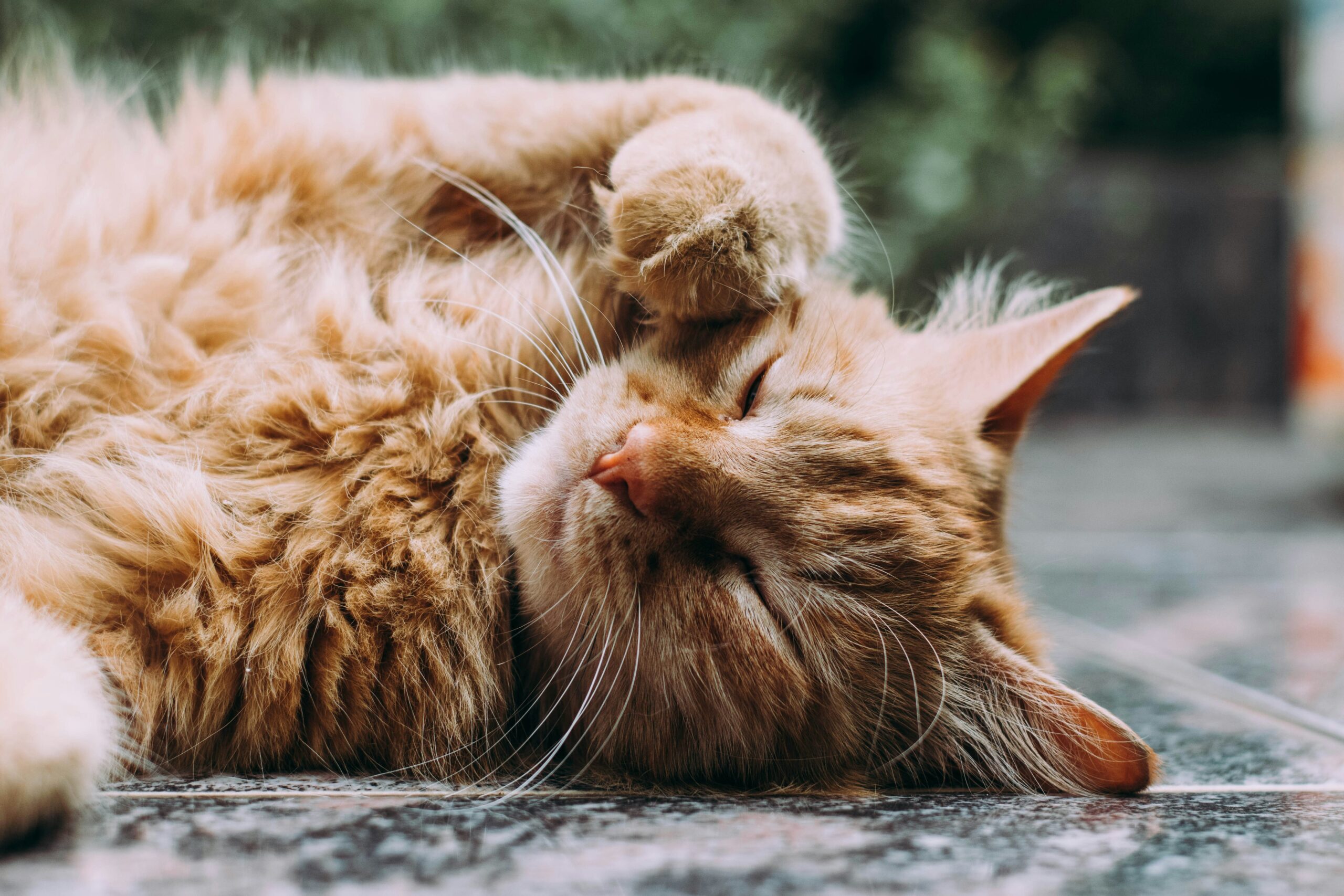
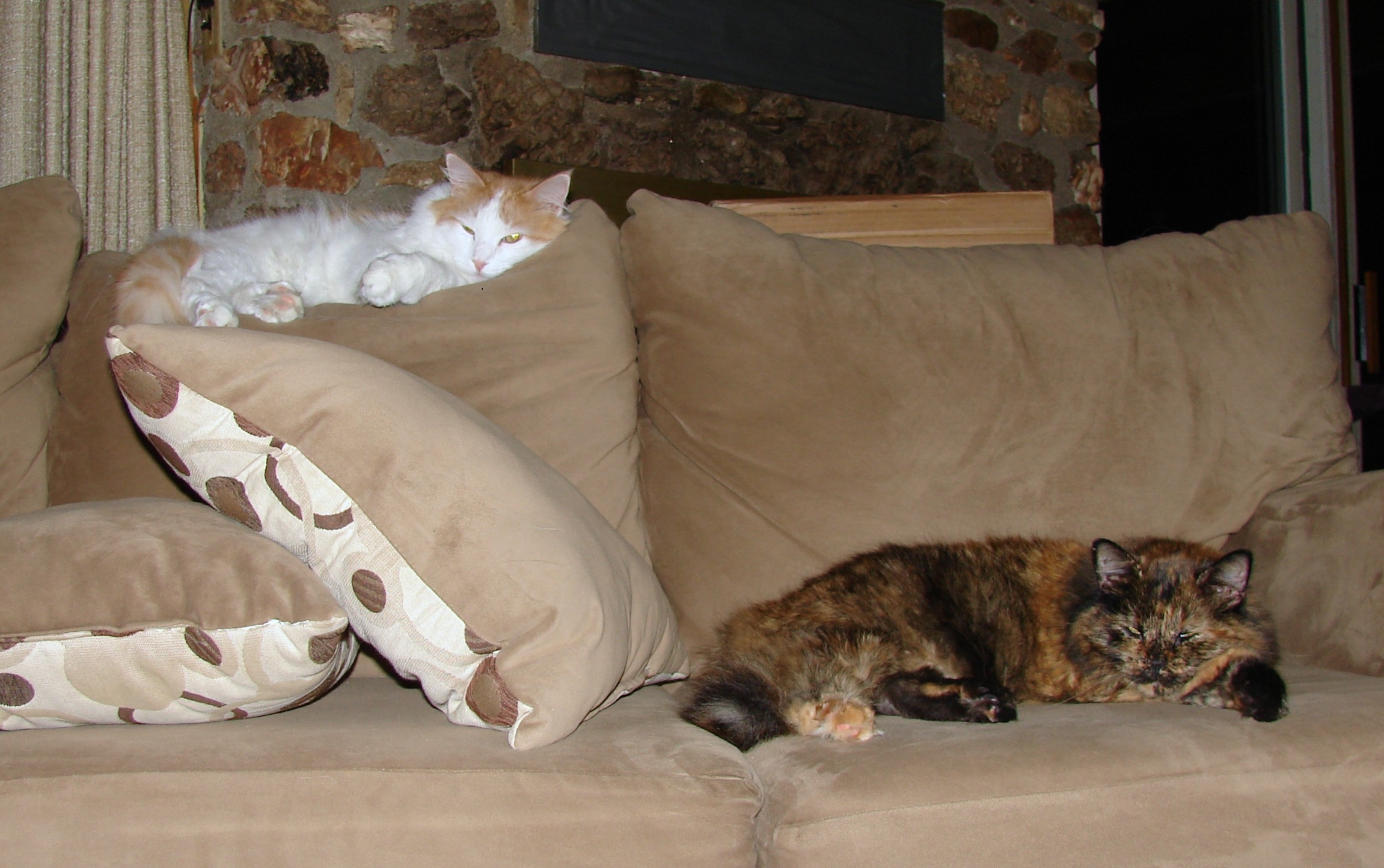
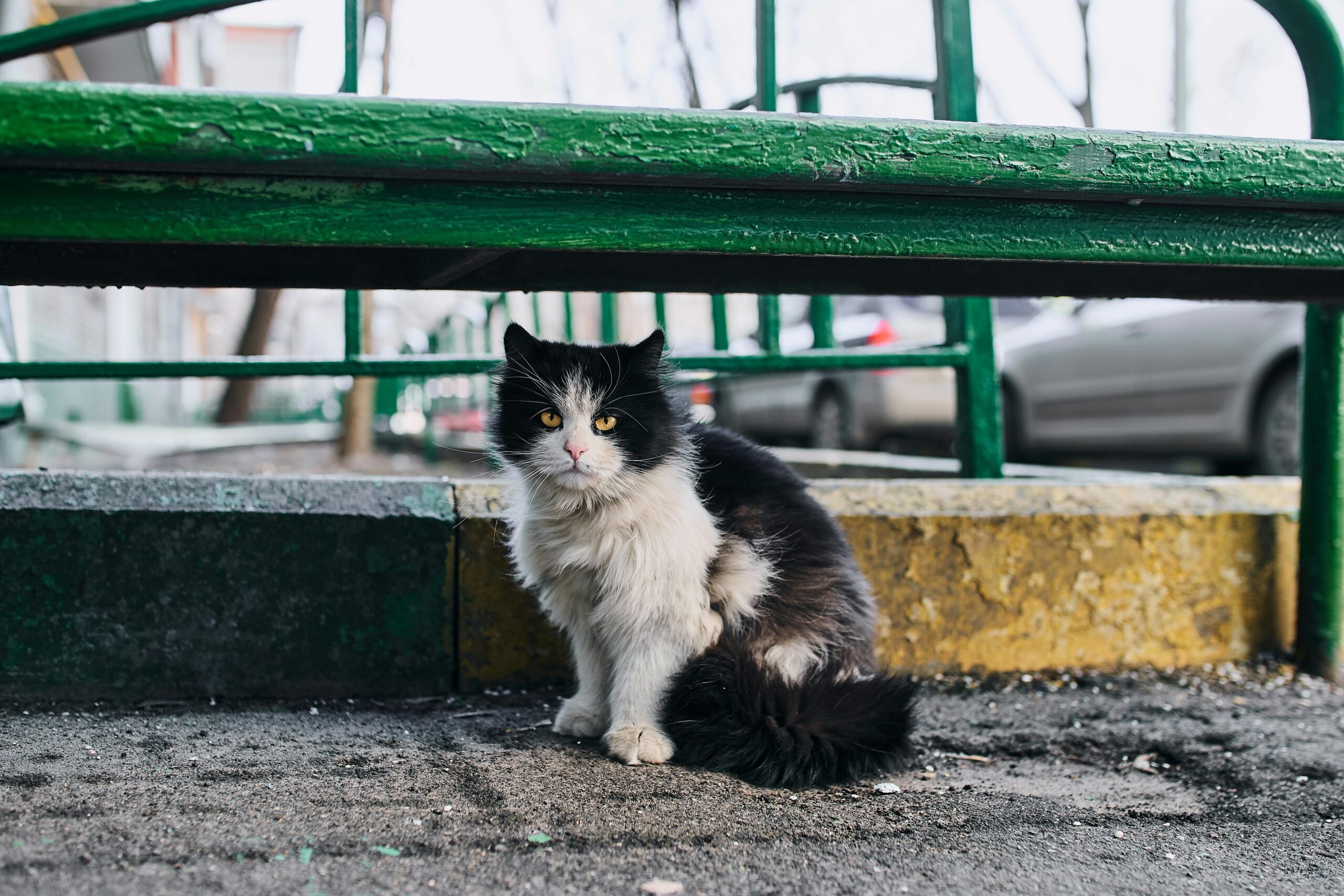
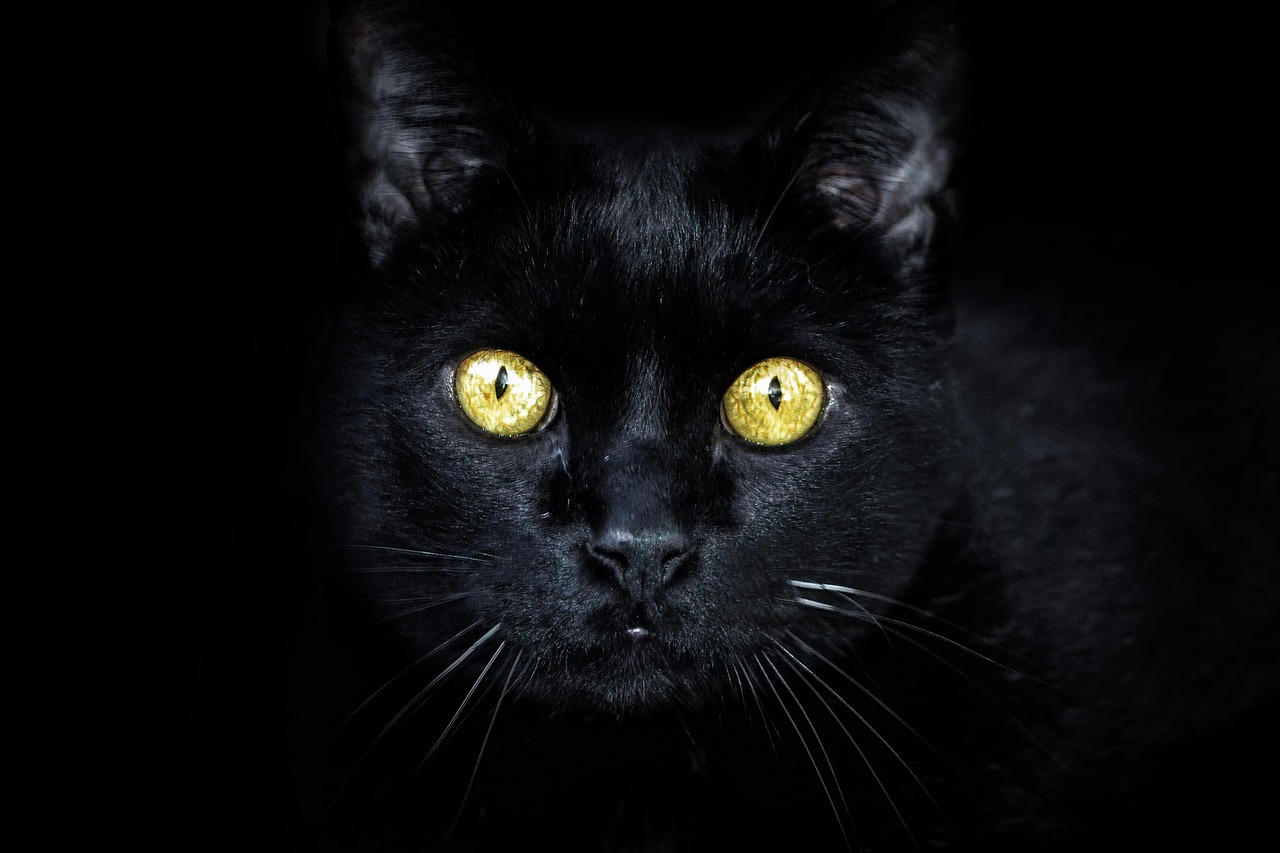
Post Comment